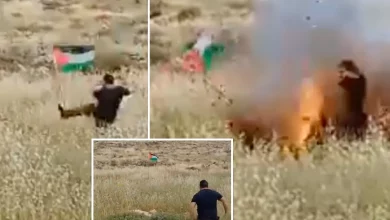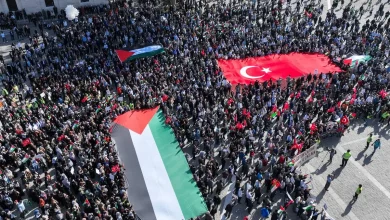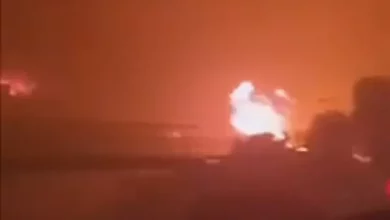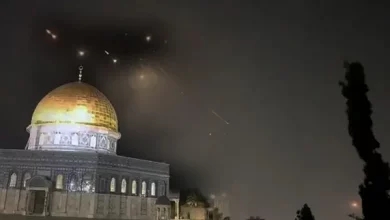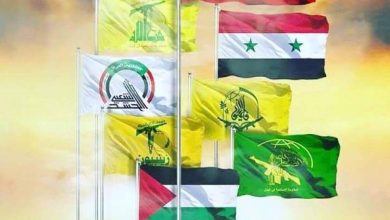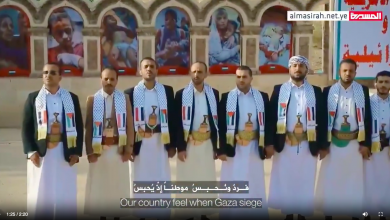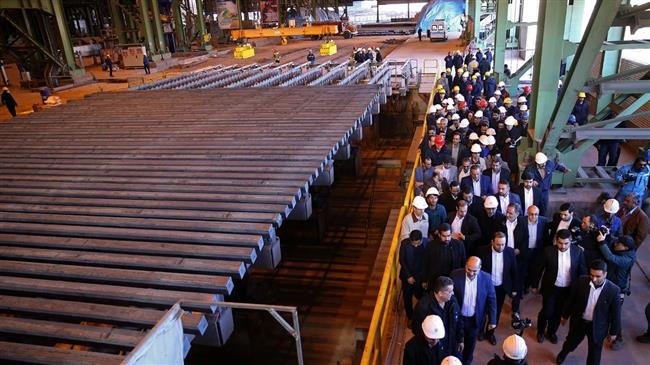

Iranian Vice President Es’haq Jahangiri has formally inaugurated a direct reduction iron (DRI) plant and a steel pelletizing plant in the southeastern province of Kerman.
The two plants, built with more than half a billion dollars of investment, will add 1 million tonnes of DRI, otherwise known as sponge iron, and 2.5 million tonnes of iron ore pellets to Iran’s burgeoning steel production.
The first plant commissioned Tuesday was the Butia pelletizing near the city of Kerman which has been producing pellets on a trial basis since April.

Jahangiri then traveled to Bardsir to open its 1 million-tonne DRI plant for production of billets and blooms.
The construction of Bardsir Steel with some $357 million marked the application of localized technology in design, installation and commissioning of a 140-tonne electric arc furnace as well as ladle furnace and a continuous casting machine.
Iran is currently the second producer of DRI after India. New steel plants built in the country are widely using the new Persian Reduction (PERED) technology, which was invented and patented by MME, an Iranian-origin company registered in Germany.
Last January, Iran completed the hot commissioning of Neyriz Steel Complex in the southern Fars province which uses domestic technology for DRI production.
Neyriz Steel Complex has a capacity to produce 800,000 tonnes of sponge iron a year, raising Iran’s nominal capacity to 19.5 million tonnes.
“This is the country’s third sponge iron project using the domestic Iranian DR technology, PERED,” state mines and metals holding company IMIDRO chairman Mehdi Karbasian said at the time.
Head of the Iranian Steel Producers Association Bahram Sobhani saidlast month that Iran is capable of producing 25 million tonnes of steel in the current fiscal year which ends on March 21.
The country plans to increase its nominal DRI and hot-briquetted iron (HBI) capacity to 55 million tonnes a year by 2025.
However, the sector is facing the headwinds of newly-imposed US sanctions, chiefly because they make attracting foreign investment difficult and steel mill equipment makers avoid the country.
Nevertheless, industry experts concede that even in worst-case scenarios, Iran’s steel industry will continue to grow. That is because the steel sector feeds more than 50 industries linked to construction in the country of 80 million where there is always strong demand for steel.


